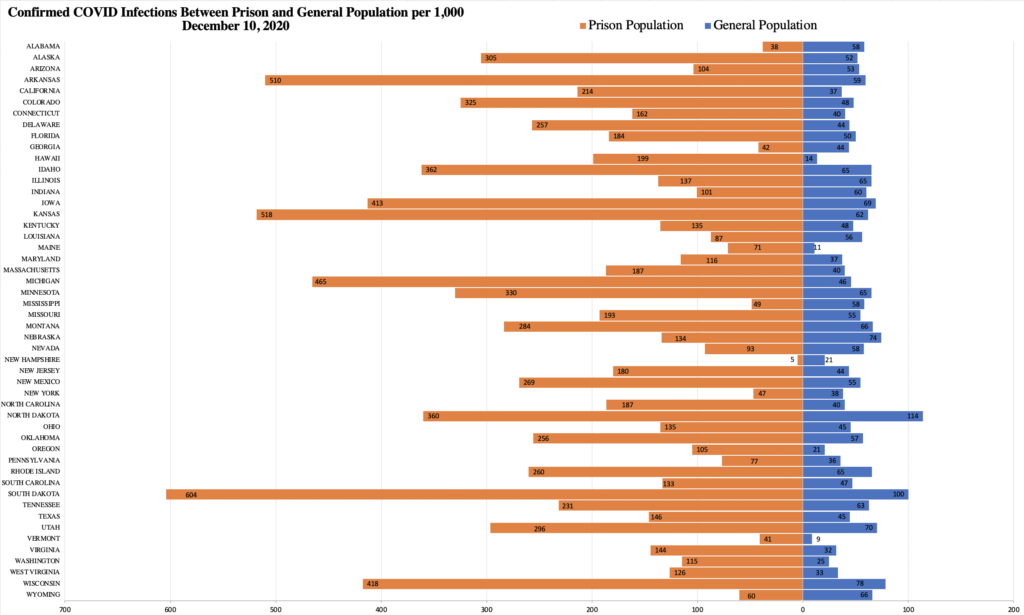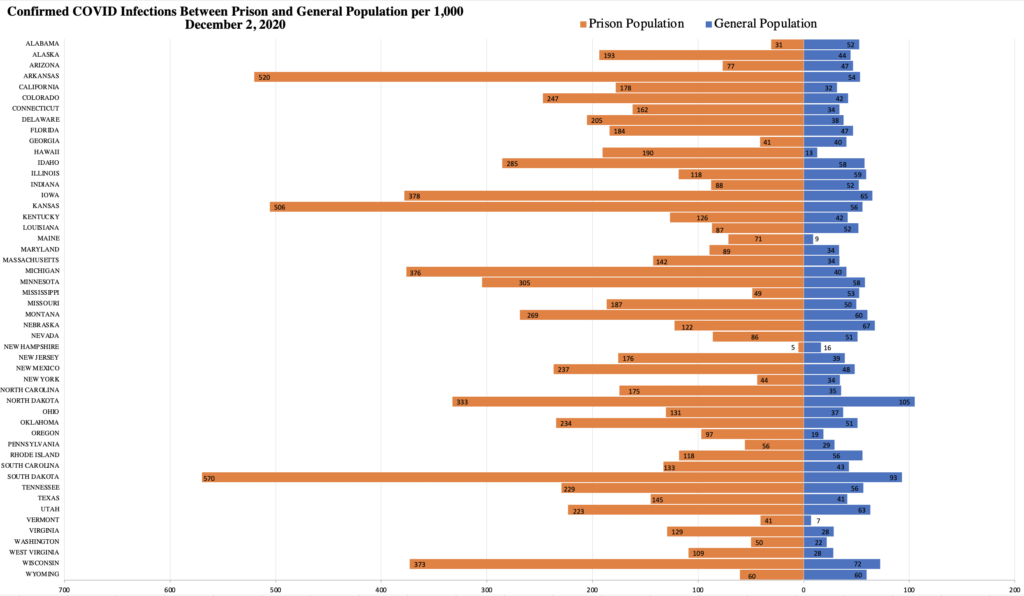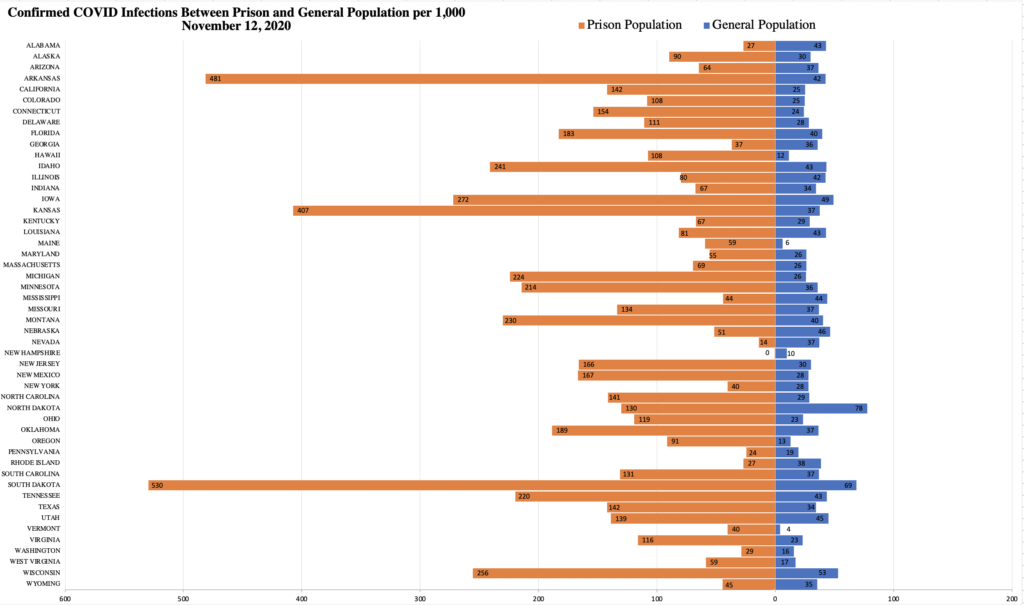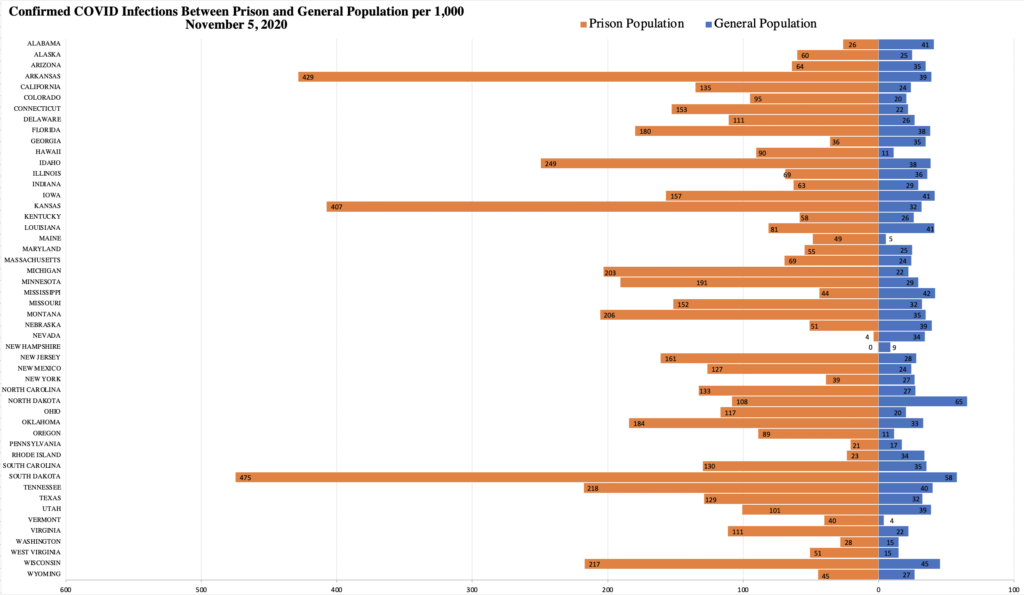Current public health efforts to address COVID-19 in carceral facilities have ignored the voices of those trapped with COVID-19 while incarcerated.
The Harvard-based Liberation Lab has developed a survey in partnership with formerly incarcerated people to give voice to those who are incarcerated during the pandemic. In the words of Angela Davis “prisons do not disappear problems, they disappear human beings,” and lack of transparency is a familiar strategy to hide oppression and structural violence.
What is the study?
- Collecting information on conditions of confinement experienced by those who are incarcerated
- The survey can bring to light the inhumane conditions incarcerated people are facing
- Information collected by a short, anonymous, online survey
Who is eligible?
- Formerly incarcerated adults, freed after March 2020
- Any adult in communication with someone who is currently incarcerated
View preliminary results of the survey here




